ABSTRACT
The support of multimedia traffic over IEEE 802.11 wireless local area networks (WLANs) has recently received considerable attention. This dissertation has proposed a new framework that provides efficient channel access, service differentiation and statistical QoS guarantees in the enhanced distributed channel access (EDCA) protocol of IEEE 802.11e. In the first part of the dissertation, the new framework to provide QoS support in IEEE 802.11e is presented.
The framework uses three independent components, namely, a core MAC layer, a scheduler, and an admission control. The core MAC layer concentrates on the channel access mechanism to improve the overall system efficiency. The scheduler provides service differentiation according to the weights assigned to each Access Category (AC). The admission control provides statistical QoS guarantees. The core MAC layer developed in this dissertation employs a P-Persistent based MAC protocol.
A weight-based fair scheduler to obtain throughput service differentiation at each node has been used. In wireless LANs (WLANs), the MAC protocol is the main element that determines the efficiency of sharing the limited communication bandwidth of the wireless channel. In the second part of the dissertation, analytical Markov chain models for the P-Persistent 802.11 MAC protocol under unsaturated load conditions with heterogeneous loads are developed.
The Markov models provide closed-form formulas for calculating the packet service time, the packet end-to-end delay, and the channel capacity in the unsaturated load conditions. The accuracy of the models has been validated by extensive NS2 simulation tests and the models are shown to give accurate results. In the final part of the dissertation, the admission control mechanism is developed and evaluated.
The analytical model for P-Persistent 802.11 is used to develop a measurement-assisted model-based admission control. The proposed admission control mechanism uses delay as an admission criterion. Both distributed and centralized admission control schemes are developed and the performance results show that both schemes perform very efficiently in providing the QoS guarantees. Since the distributed admission scheme control does not have a complete state information of the WLAN, its performance is generally inferior to the centralized admission control scheme.
The detailed performance results using the NS2 simulator have demonstrated the effectiveness of the proposed framework. Compared to 802.11e EDCA, the scheduler consistently achieved the desired throughput differentiation and easy tuning. The core MAC layer achieved better delays in terms of channel access, average packet service time and end-to-end delay. It also achieved higher system throughput than EDCA for any given service differentiation ratio. The admission control provided the desired statistical QoS guarantees.
802.11 MAC PROTOCOL

Figure 2.1: HCF vs DCF
The HCCA is a controlled access mechanism which works in both the CP and CFP. From now on wards, we will discuss EDCA just like DCF in 802.11 as it works in the distributed or contention based scenario. Fig. 2.1 shows the difference between HCF and DCF. One of the significant extensions to IEEE 802.11 in 802.11e is the support for different types of traffic identified by different priorities. A total of eight priority levels are available and are mapped to four access categories (ACs).
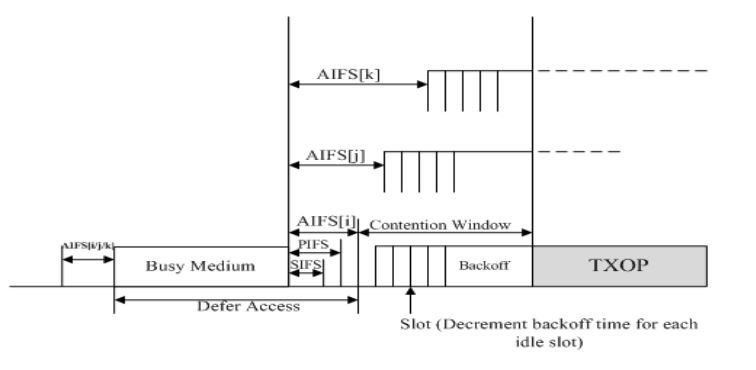
Figure 2.3: Service Differentiation in EDCA
The access to the channel is prioritized among the ACs by using different values for the same parameter in each AC. For example, the inter-frame space called arbitration inter-frame space (AIFS) functions the same way as DIFS except that each AC has different AIFS value and therefore each AC has to wait for a different AIFS duration of idle time. Thus the EDCA supports service differentiation among different ACs by using different parameter values (see Fig. 2.3).
NEW FRAMEWORK FOR QoS PROVISIONING IN 802.11 WLANs

Figure 3.1: Framework for QoS Support
The scheduler provides service differentiation according to the weights assigned to each AC. The admission control provides statistical QoS guarantees in collaboration with the Core MAC layer and the scheduler. Fig. 3.1 shows the block diagram of our framework. One additional feature with this framework is that each component can be tuned and improved independently of the other.
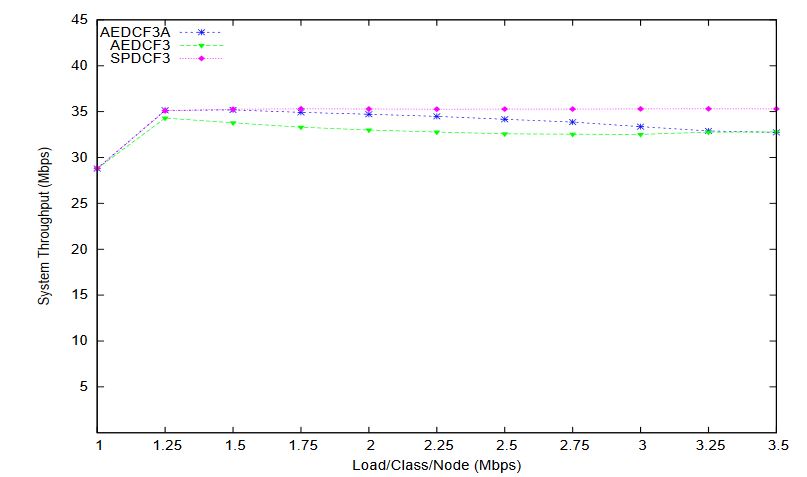
Figure 3.5: System throughput
Fig. 3.5 shows that the SPDCF3 achieved better system throughput than both the AEDCF3A and AEDCF3 schemes for a given throughput differentiation of 3:2:1. In SPDCF3, the core MAC layer’s function is to just provide the channel access to the packet selected by the scheduler. So, it sets its channel access parameter p to an optimum value, based on the network and load conditions without any concern to the differentiation requirement.
ANALYTICAL MODEL FOR P-PERSISTENT 802.11
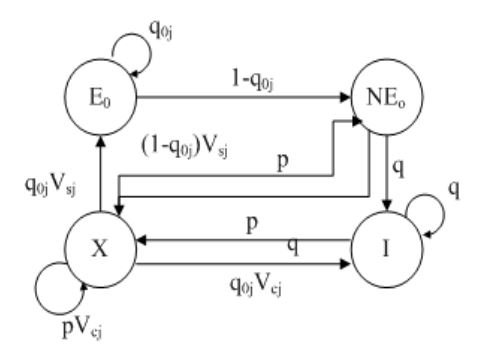
Figure 4.1: Markov chain model for the no retry limit case for node j
The state model in Fig. 4.1 shows the behavior of a node j for the case of no retry limit. As described above, the node remains in one of the four states. A station j transmits in a physical slot time with probability p and remains idle with probability q. It will succeed in its transmission with probability VSj and fail with probability VCj.
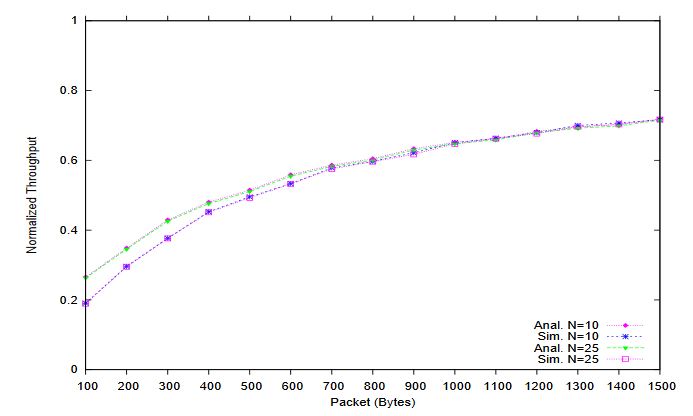
Figure 4.3: Correctness of the P-Persistent 802.11 for variable packets under saturated load
In the first experiment, we varied the packets from 100 bytes to 1500 bytes for N= 10 and N= 25. Fig. 4.3 shows a close match for the normalized throughput for both N=10 and N=25. The difference between the analytical and the simulation results decreases with the increase in packet size. Overall, the simulation results closely follow the trend in the analytical results.
ANALYSIS AND MODELING OF THE SATURATION THROUGHPUT IN 802.11 WLANS
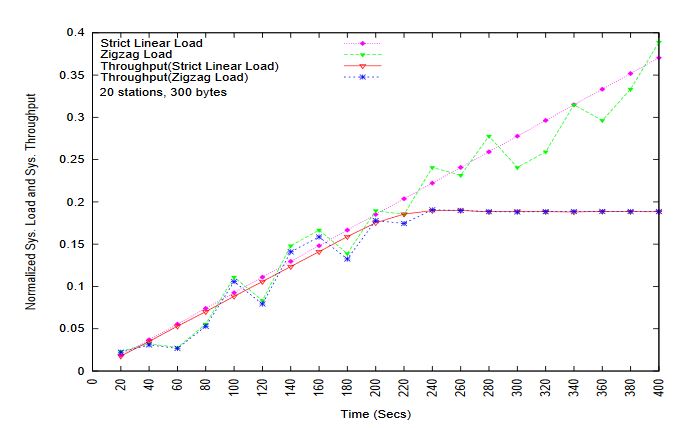
Figure 5.1: Throughput of P-Persistent 802.11
Fig. 5.1 shows that the throughput corresponding to the strict-linear system load closely followed the system load for the first 220 seconds of the simulation and remained constant at the normalized value of 0.19 for the remaining simulation time. For the zigzag load, we also find that the throughput closely followed the zigzag load till the first 220 seconds and then remained constant at 0.19 irrespective of the increased value of the zigzag load.
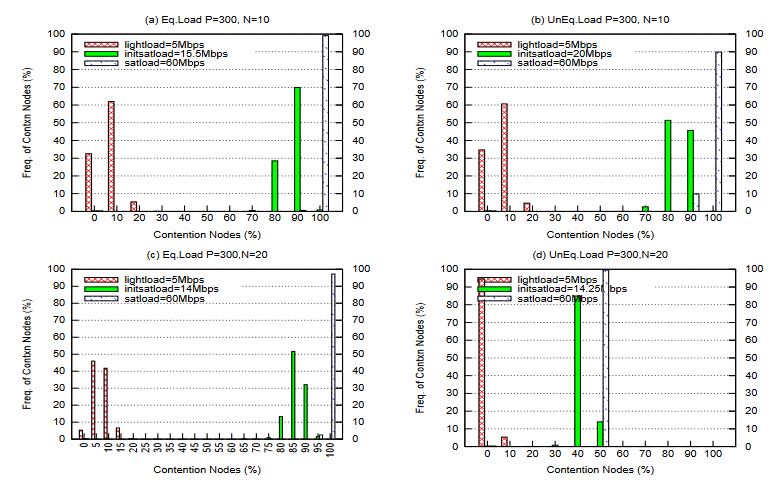
Figure 5.3: Contention Nodes P=300 bytes
The performance results obtained for packet sizes of 300 and 600 bytes are similar in all respects and we will therefore present the results for packet size of 300 bytes only. In Fig. 5.3(a), the wireless LAN has 10 nodes and the system load is equally divided among these 10 nodes. For example, a load of 0.5 Mbps is assigned to each node when the total system load is 5 Mbps.
ADMISSION CONTROL FOR P-PERSISTENT 802.11
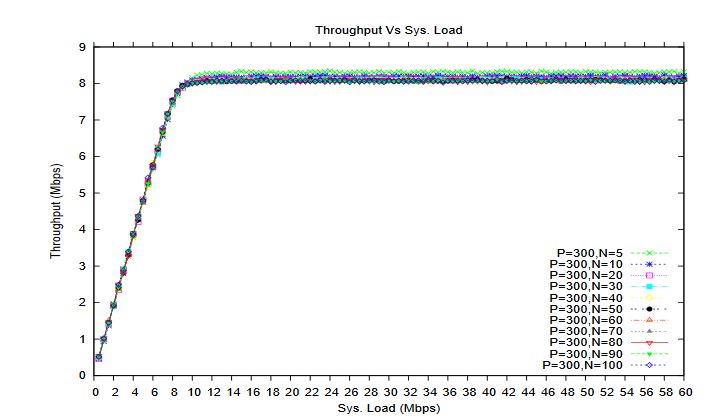
Figure 6.1: System throughput for different network sizes for P = 300 bytes
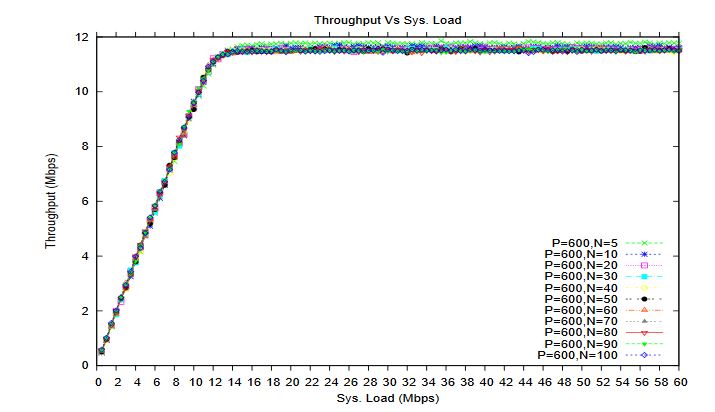
Figure 6.2: System throughput for different network sizes for P = 600 bytes
Similarly, we also observed that for a given packet, the system throughput reaches saturation approximately at the same system load irrespective of the network size N when an optimum p for the P-Persistent MAC protocol is used for a given network size N and packet size P. Figs. 6.1 and 6.2 show our observations for a packet size of 300 and 600 bytes respectively.
CONCLUSIONS AND FUTURE WORK
Conclusions
In this dissertation, we have discussed the inadequacies and problems associated with providing QoS support in contention based channel access of the IEEE 802.11e MAC protocol. The 802.11 MAC protocol was designed for best effort traffic and is extended to support multiple classes of traffic in 802.11e. However, the current design supports only service differentiation but not delay and/or throughput guarantees. We also observed that the same channel access parameters in 802.11e are used for two different components viz., service differentiation and channel access. So, an attempt at realizing certain goals in one component will affect the other component detrimentally.
Future Work
There are many ways to extend the research presented in this dissertation. The proposed framework to provide QoS in 802.11e MAC Protocol can be improved by adding additional features to make it as robust and complete as possible. Below are some possible areas worthy for future investigation.
• In this dissertation, we developed our model under perfect channel conditions and no hidden node problems. But, that doesn’t accurately describe the real world scenario. The wireless channels are prone to bit errors due to interference and other factors. Therefore, one possible area for future work is to extend our model to include methods to deal with the hidden node problem and channel errors.
Source: University of Central Florida
Author: Kiran Babu Anna
>> More Wireless Projects Implementation in Ns2 for Engineering Students